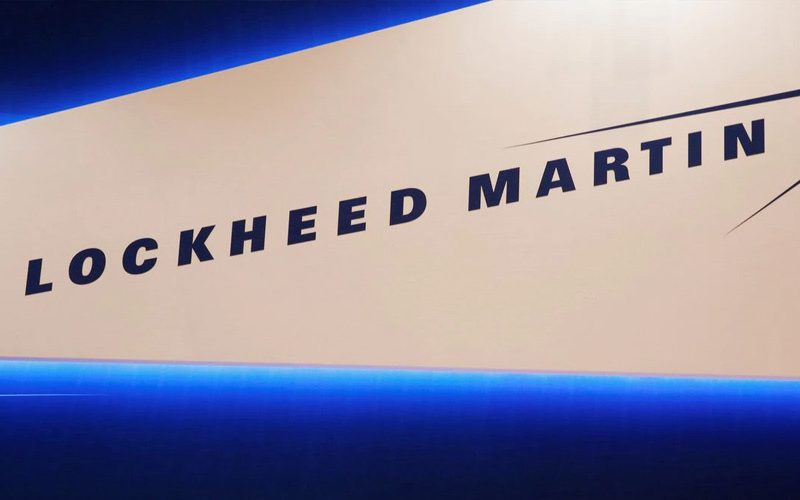Silicon Valley is returning to its roots as defense technology advances. It is a transformative market for startups.
With globalization, the age-old pursuit of national competitive advantage has gained momentum. The divisions between nations are becoming hazy; they are competing for advantage using every aspect of their economies and militaries. The great power competition for control over air, land, sea, space, and cyber is directly fueled by technological leadership in consumer and business products. The preferred location for starting technology enterprises is now Silicon Valley. Additionally, the area still draws new startups. Even foreign tech industries and firms aim to establish a presence in Silicon Valley.
Engineers and startup founders are increasingly aware of their part in this conflict. These people aren’t jingoists in the mold of George W. Bush, but they do support liberal democracy and want to make sure that those on the front lines have the greatest equipment to accomplish their duties. That represents a significant change from the past few decades, when antiwar sentiment in the Bay Area, which began with marches against the Vietnam War, grew to include demonstrations opposing the wars in Afghanistan and, in particular, Iraq. Despite some high-profile protests against working on national security contracts in recent years, the original Silicon Valley mentality of developing cutting-edge defense technology to defend the American homeland and its allies from enemies is now returning. In fact, as China’s rise has emerged as one of the few really bipartisan viewpoints in a politicized Washington, more and more people want to exclusively collaborate with the Pentagon and our allies on defense technology. The opportunities and difficulties in every area of defense technology are vast for engineers. According to intelligence estimates, China is believed to have successfully tested a hypersonic missile in the air. The United States is thought to be years away from developing this technology. A hypersonic missile would render many of America’s current air defense systems ineffective due to its high rate of travel and sensors’ inability to detect it. Swarms of cheap, aggressive drones that can be quickly deployed without a human operator in sight are another brand-new air threat that is emerging. These weapons have recently been dubbed “Costco drones” after the warehouse retailer, and it’s likely that nations with meager defense budgets will be able to outgun well-equipped American forces. This is according to U.S. general Frank McKenzie. Critical sea commerce lanes can now be disrupted by governments in ways that are very challenging to counter. In the meantime, opponents’ capacity to access and destroy the undersea internet cables that carry an increasing portion of the world economy is rising. Russia has developed an anti-satellite direct-ascent missile in orbit that can eliminate individual satellites. GPS, global communications, and the trade, transportation, and logistics they support may all be destroyed by such an attack, and the accompanying debris could render most of the near-Earth space uninhabitable for satellites. With current defense systems, these weapons are difficult to detect and even more difficult to stop. The Defense Department has established several initiatives to welcome startups. Although these projects and contracts have good intentions, they overlook the point that the Pentagon needs to upgrade its defenses to counter the weapons our adversaries really deploy today. In the world, we live in, “Costco drones” are capable of outmaneuvering an F-35 Joint Strike Fighter, which may cost upwards of $100 million per unit or more. Because of America’s historical advantage in defense, other countries have innovated asymmetrically, and today they are gaining ground. The good news is that Silicon Valley and startup founders compete asymmetrically on a daily basis. They frequently do more with less due to their tenacious desires and limited resources. They take on established competitors, find their flaws, and aggressively exploit them to obtain an advantage. We have the personnel, knowledge, and increasingly the technology to strengthen American defense. The Pentagon needs to start setting higher standards for itself and show a willingness to provide significant contracts to the most advantageous new American firms.
America is currently facing the biggest threat to its competitive advantages in recent memory, with advantages deteriorating in both military and economic sectors. Adversaries probe more vigorously than ever before in search of vulnerabilities to exacerbate and exploit. But at its core, American principles and influence continue to provide us with tremendous soft power, such as a willingness to be open to new experiences, perspectives, and possibilities. It is imperative that we defend our liberal ideals from the authoritarianism of adversaries like China and Russia. If only there is a reason every other sector will depend on the United States to maintain peace in the coming years, defense technology will become Silicon Valley’s next big industry.







